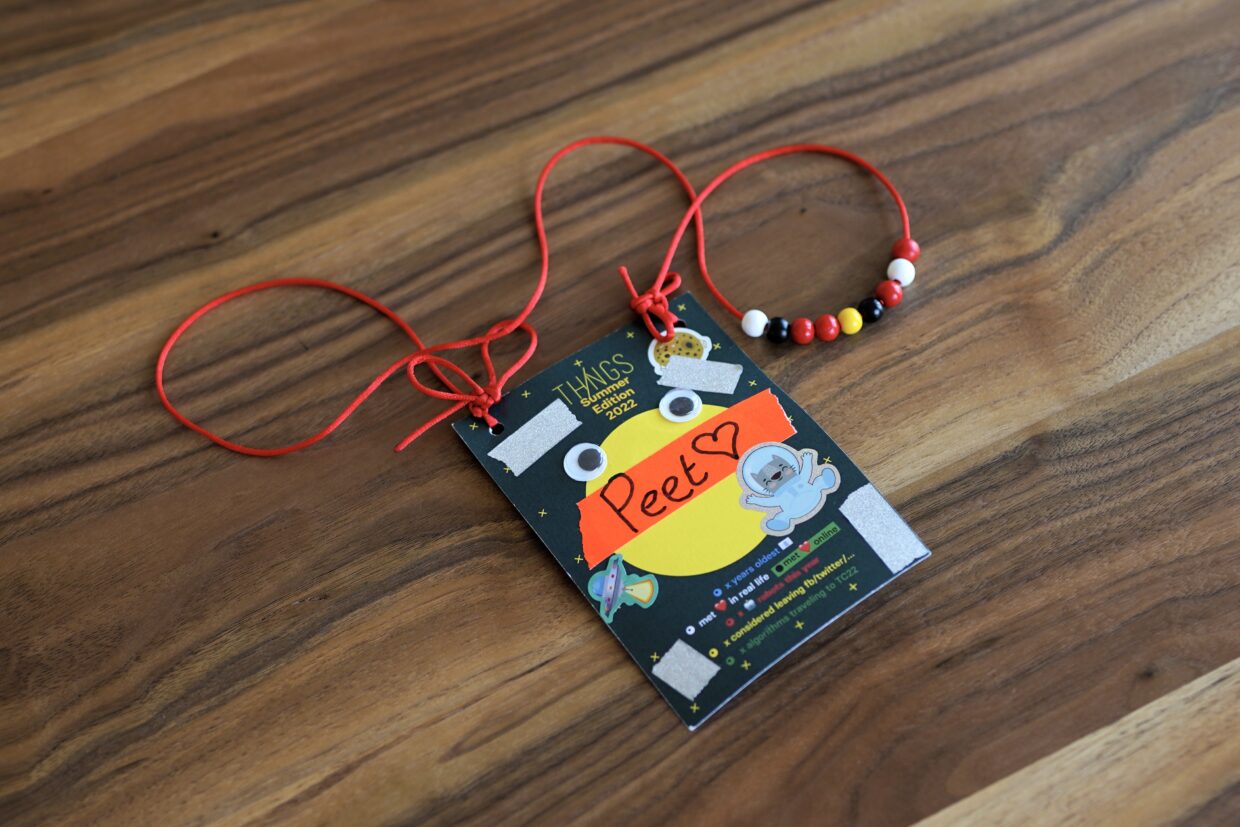Last week I left Rotterdam with a huge smile on my face: Thingscon was beyond what I expected. The conference on connected technology research and design with themes like empathy, sustainability and tangibility felt like a warm and welcoming bath. Here are some highlights and impressions of the 1.1 day long gathering.
To preface: I have a slight preference for industrial design, tinkering and a less subtile tendency to be subversive. In my days I have made projects and prototypes with Arduino’s and Raspberry Pi’s and voice devices like Alexa and Google Home. These projects were art installations, real ass production projects and early versions of open standard voice interfaces. Most of them were made as a ‘wondering device’ to discover the boundaries of what we can and should do with technology.
In this and previous ThingsCon’s I’ve found the new incarnations of people like me. Some principled to better the world, or ruin it alike, some insatiably curious to find truth, or have fun. To me, that’s what Thingscon is: people that dare to discover without any perceivable limitations.
Robuts
If you ask about Internet of Things, people would start talking about sensors, information gathering and communications, like your smart meter. The first night of ThingsCon however (the 0.1 part of the conference) started with building robots, from vegetables and modular building blocks. So, yeah, Internet of Things has changed it’s scope. Today we’ll find out to what extend and where’s more space to grow even further.
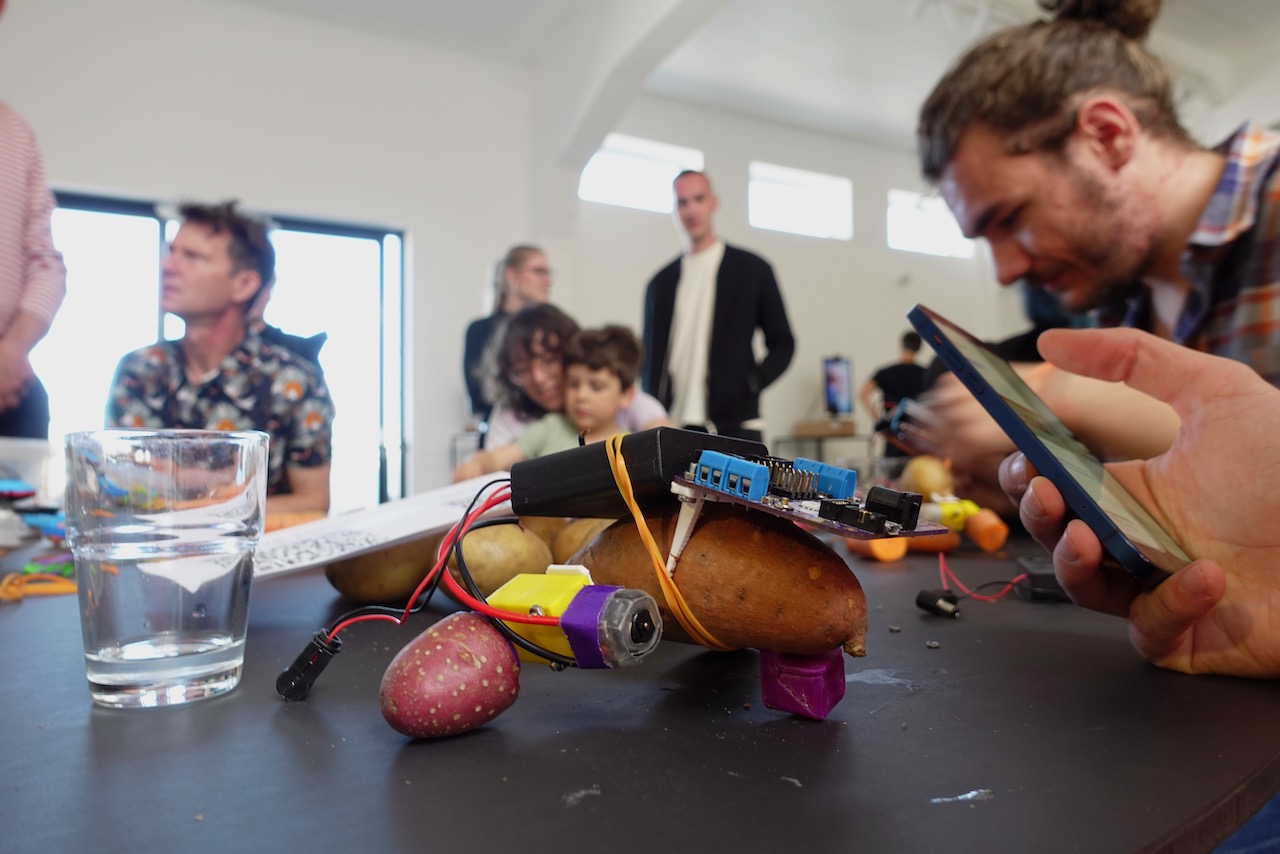
Is a large potato slice a better wheel than a carrot cut?
This robowars in 15 minutes shows the progression of robots industry and the ease with which people can create anthropomorphic robots in a few minutes with basic ingredients. Where people would be very hesitant to even touch little open electronical machines in the recent past, the sheer glee and interest of this start of ThingsCon felt that a change for the better had happened.
It all ended in a robot-wars arena with a simultaneous search for the best configurations. Is a large potato slice a better wheel than a carrot cut? Fun for the entire family.
Traditional Thingscon Tie
The first day started off with some time to get familiar, meet old friends and make new ones by making your own badge. In this case a badge to show off your personality and perhaps also some statistics like how many of you have met a partner online, vs in the real world. As always, I brought extra stickers and googly-eyes to liven up the creativity.
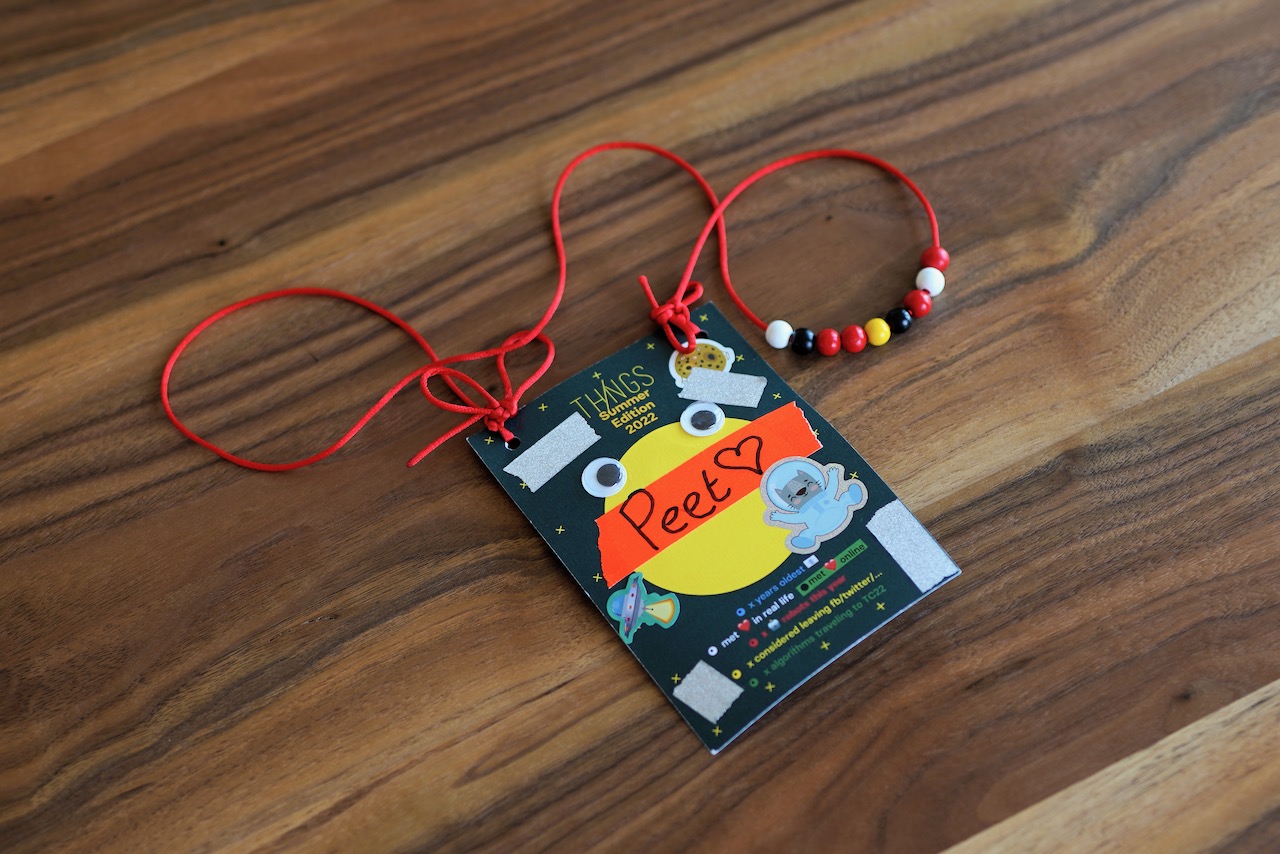
We all found out that it’s good to see new and familiar faces and that the lines of physical and virtual have definitely blurred to the point we could coin the term: augmented virtual reality. Post covid it some times feels like ‘reality’ may be the augmentation of the ‘virtual experiences’, in stead of the other way around.
Teenage Keynote Virtues
The starting keynote of Thingscon was definitely food for thought and also enlightening. Justyna Zubrycka kicked off with her talk about her admiration of various designers and design principles. As I’ve already posted some articles on Dieter Rams I’ll keep it short, but suffice to say: Justyna and Teenage Engineering are big fans.
Teenage Engineering is the music and synth themed design company. They make maximalist music making products inspired by, or straight up celebrating the principles and designs of Dieter Rams. Justyna joined them a couple of years ago and talked about how she also felt that the 10 principles of good design are important in any design process.
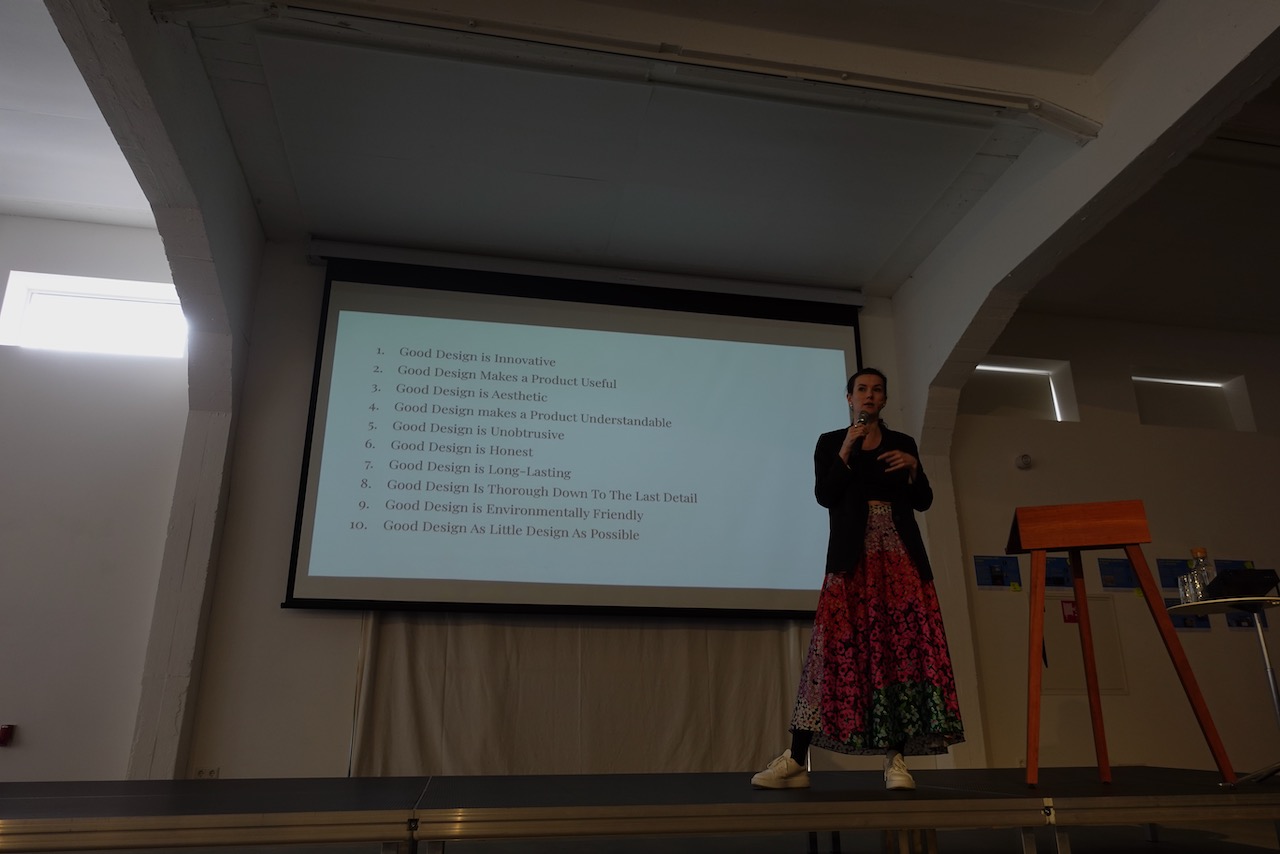
I felt she was also lamenting the lack of thought in many designs, both from the perspective of usage as well as experience and impact on our ecosystem. To illustrate she talked about cofounding Vai Kai to make thoughtful and connected toys for children to develop their cognitive and emotional capacity. The toys are intentionally not bound to one use, rather they are build to enhance the imagination and interaction between friends.
The love and importance she showed in and after her talk about the material, tangibility and haptics of her designs inspired me. To me it was a rare and wonderful view in the mind of a gifted designer.
Next on the program: workshops and sessions. The program was packed. I think I missed a lot of things. Luckily the outcomes of the sessions were also presented at the end of the day.
Sense making in a Social City
Simon Höher and Andrea Krajewski walked us through their view on Designing More-Than-Human Systems. They presented a system or model and a toolset to think about and qualify various (digital) experiences and systems.
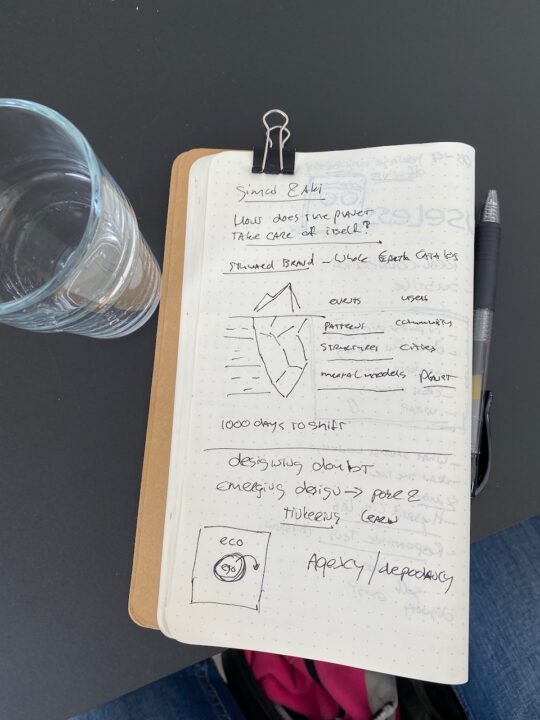
We used their model and toolset to discuss a topic one of use provided. In our case a topic by Frank Kloos, a teacher at the University of Applied Science in Amsterdam: an assignment for his students about digital means to combat social isolation of elders.
Frank struggled with the possible ethical consequences of the solution his students would present: eldersvs.com.
In the workshop we used Simon and Andres’s toolset to discover expected and desired aspects of the proposed design. We also talked about how the students might discover the ethical and practical features and limitations of their design.
Al in all, quite inspiring and worth while to check out yourself. My main take away was: we might want to be mindful of the consequences of the things we make. Learning in real time with people in the right context would be the perfect augmentation of an academic discussion. If you have the opportunity to work with Simon and Andrea I’d highly recommend it.
Signs of the future
The wonderful Tomo Kihara and Lily Higgins guided us through a wonderfully thoughtful and inspiring workshop called “Future Collider”.
“Signs capture our desires.”

The fascinations of Tomo seems to be signs. You know, the things that instruct, forbid and inform us in our urban jungle. Tomo and Lily however also see signs as a means to express the desires of the community. As Tomo says: “Signs capture our desires”.
Think of the ‘Whatsapp neighbourhood”-sign, which can be construed as a warning to malice intended people, but also as the desire to be closely knit, social and caring towards your neighbours. Signs can also be an artifact of the past: how we wished, or feared our city would develop.
What would happen if we discover this towards the future? What signs would we see in the future if we would think of themes like increasing sea level? Through a so called ‘back casting’ session we used various trends in the future that might also cause signs to inform, warn of dissuade people in our city of the future.
Through a wonderful app Tomo and Lily provided, we could experience previously build signs in our own city block. It surely made us aware of both the anger and fear that bleeds into our sign design. Time for some positive change and make signs to join a free shark-ride, rather than the sign above.
Student projects
Mixed into all the hustle and bustle of the programmed activities there were also projects of students. Like most of the workshops and sessions, I have not seen all student projects, but I got to linger around a bit longer on one project, favouritism be damned!
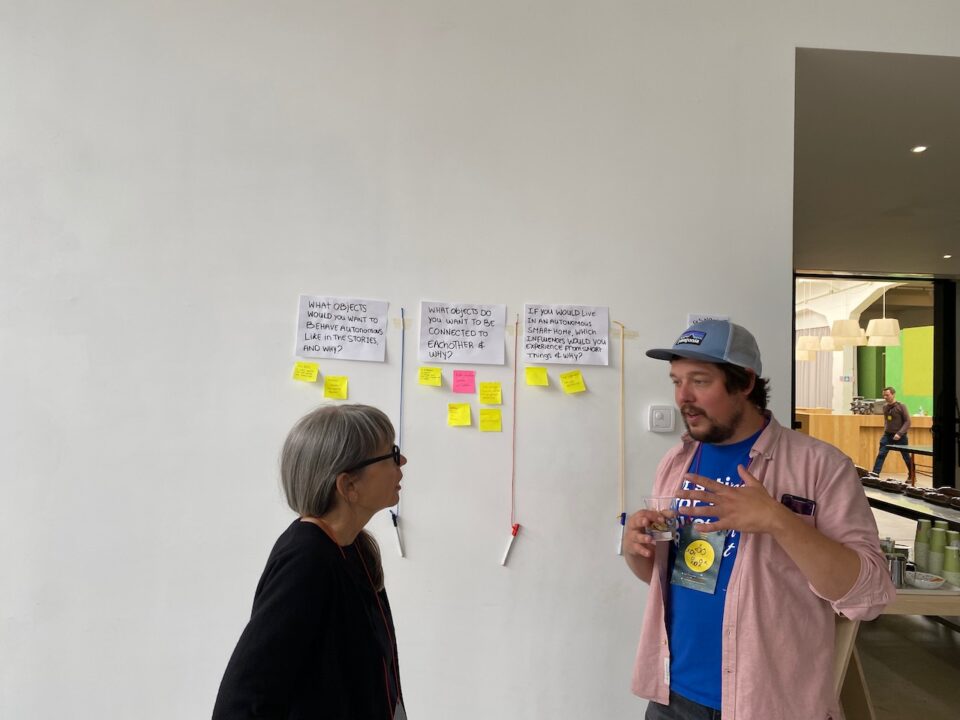
Gizing Khalandi, a former intern I got to coach for a while, showed her research project “Unintended Consequences Created by Smart Things”. I love projects with speculative design. It’s practical, it has discovery and most importantly: it can inform discussions that might be important in design processes.
I’m keen on finding out the results of her research.
Final count
After seeing the results of the days workshops and sessions we were treated to the story of Telraam, a social data project, that counts the traffic density using democratised internet of things. Kris Vanherle guides us through the why and how of this wonderfully interesting project.
Kris talks about how most traffic metering hardware is quite expensive and also very closed in terms of data. This hampers communities to gain proof of certain traffic trends and share it with the municipality to help solve possible problems. Think of a scenario: “our neighbourhood is flooded with traffic every morning, since two months, what’s going on?”, or “our street has been made bike friendly, are people using it accordingly”?
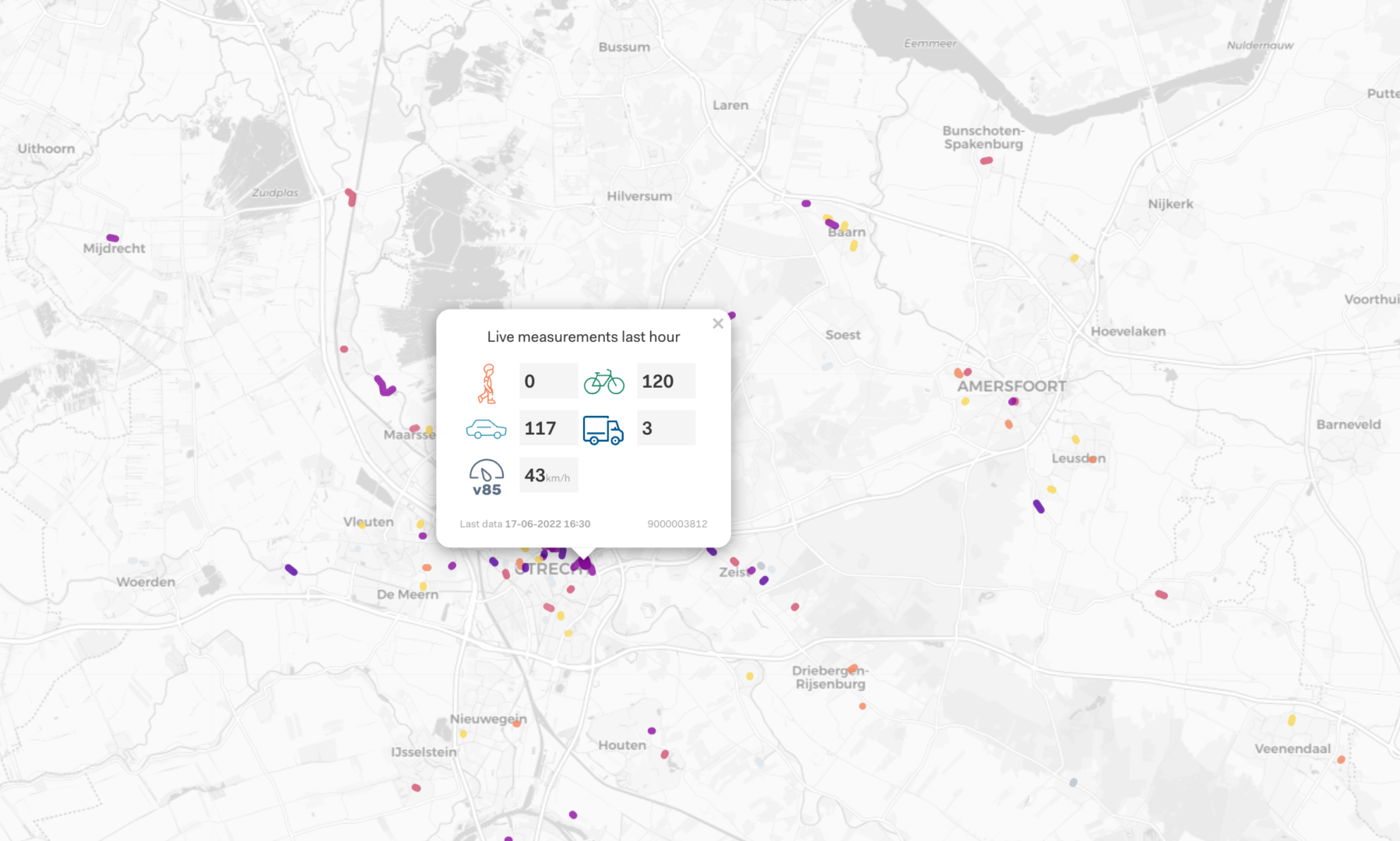
To measure such things they came up with a privacy-first prototype based on a Raspberry Pi and a low resolution camera stuck to the window, aimed to the street. To maximise safety and quality, the ‘recognition’ and counting is all done safely in the Raspberry Pi no faces, numberplates or anything recognisable is stored anywhere, or send to other parties.
The validity of the counts however are statistically proven. It’s a sound, community driven tool for any party to gain insights of traffic in cities, neighbourhoods and streets.
The cool thing is: we all can join and measure, and of course use the data.
Final tally
I love conferences like Thingscon. At Thingscon I find people that make me wonder and think. For a short while I escape the very practical world I tend to find myself in and return that same world with inspiration, new tools, thoughts and friends.
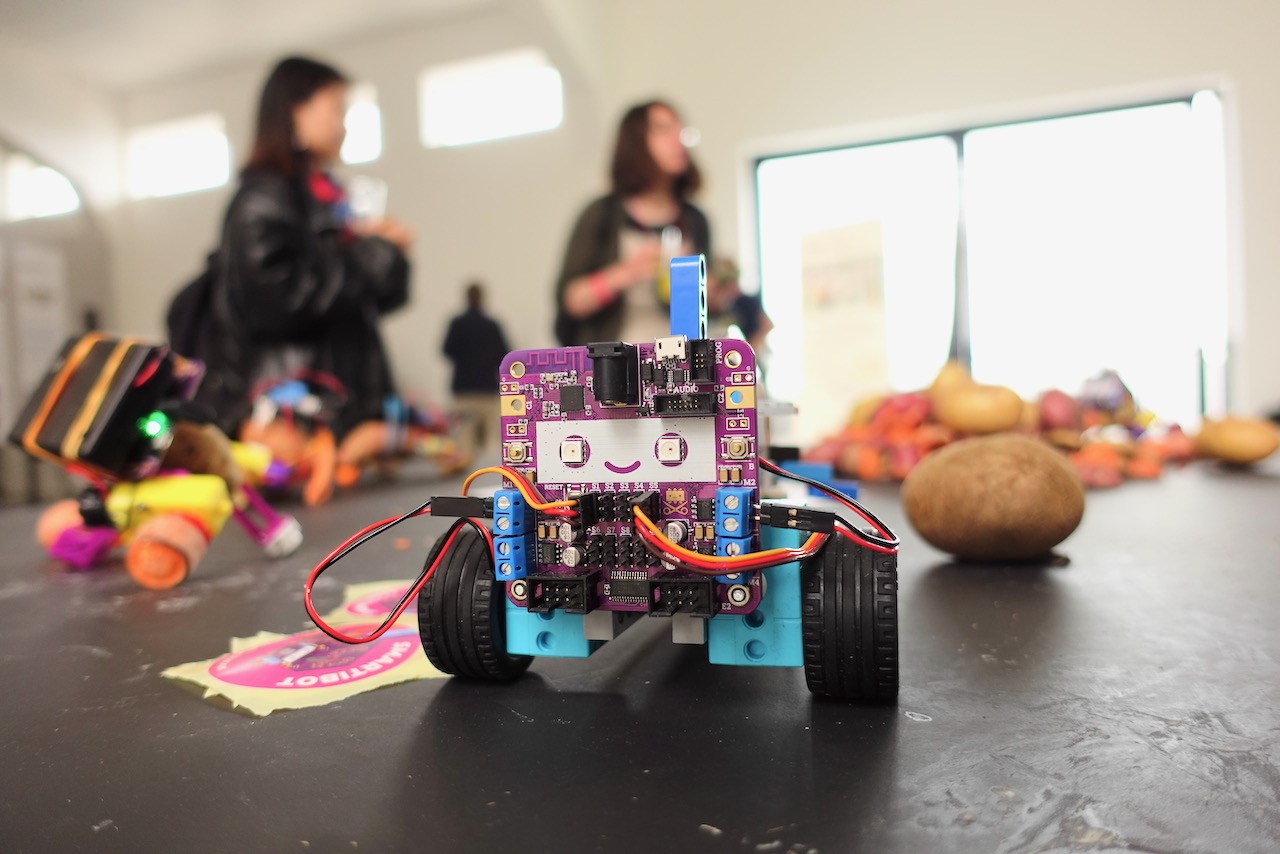
The progressive nature and positivity of the participants and surely its organizers are quite remarkable. The answers to most questions are: “Sure, let’s find out”, or “Here, try this, it might help”. To me, this experience cannot happen too often.
Thanks to organizers of ThingsCon: Lorna Goulden & Iskander Smit, Pieter Diepenmaat and Dries De Roec. Thanks to all the speakers and workshoppers and thanks to all the students!
